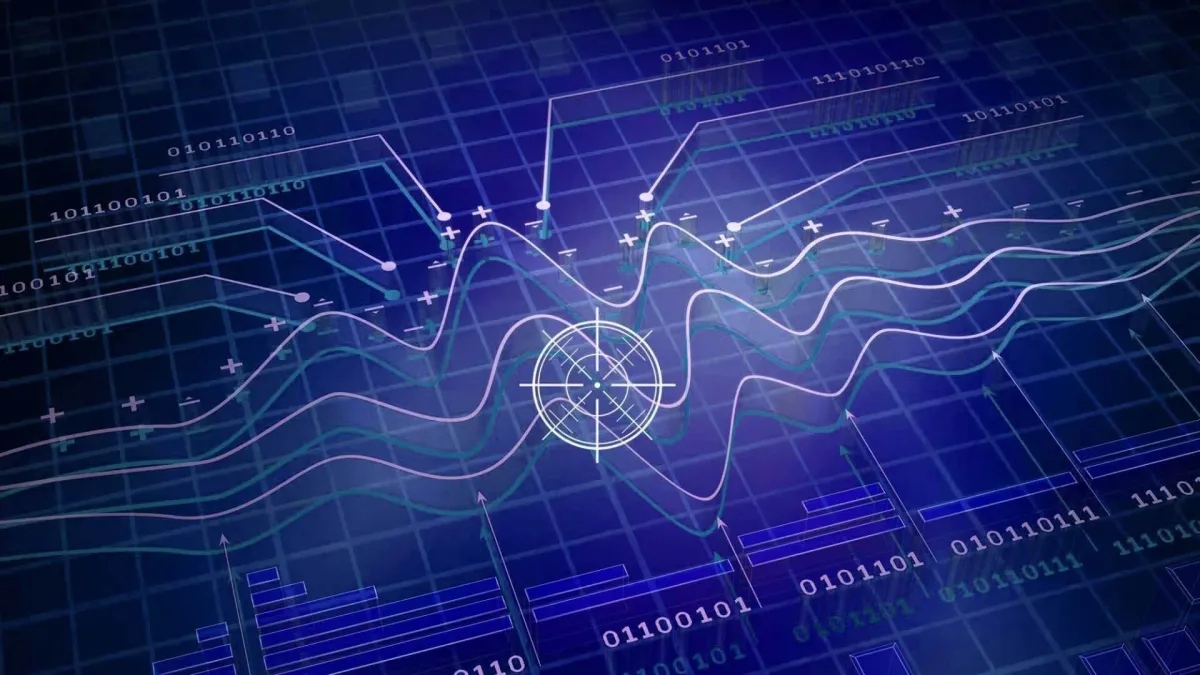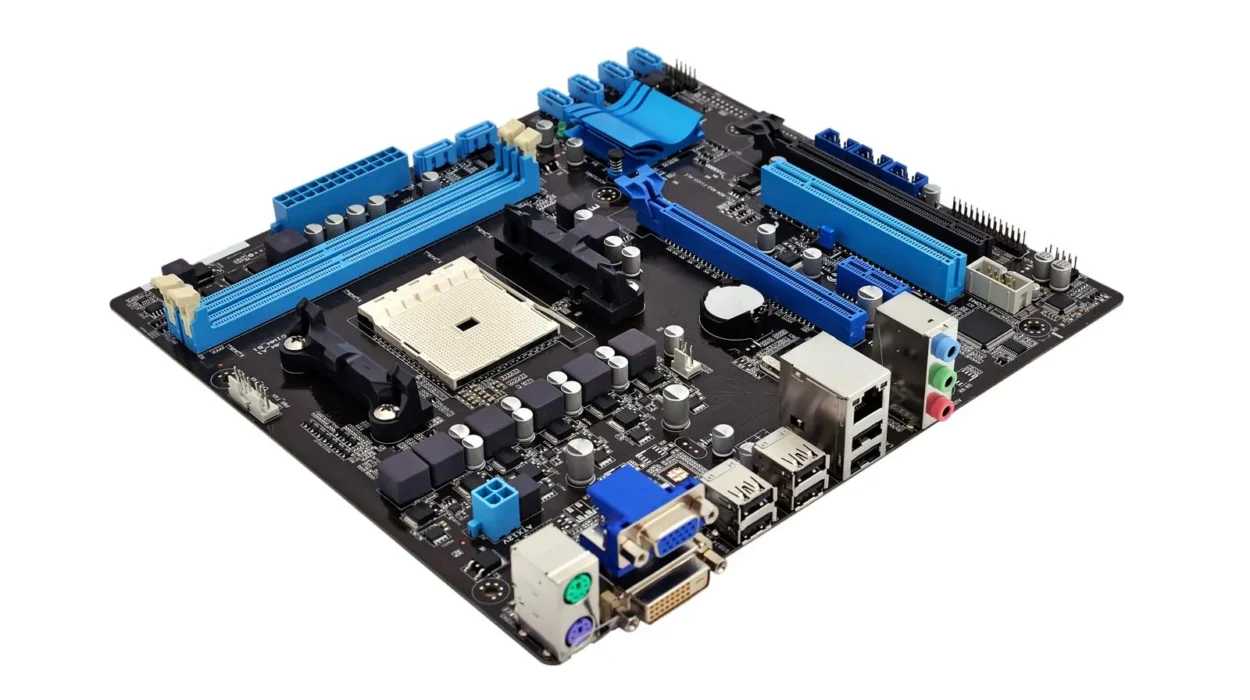Deep learning has revolutionized artificial intelligence, giving rise to machines capable of recognizing faces, translating languages, driving cars, and diagnosing diseases. For years, convolutional neural networks (CNNs) have been the dominant architecture behind these breakthroughs. However, as powerful as CNNs are, they suffer from fundamental limitations. They struggle to understand spatial hierarchies and relationships between parts and wholes. They can be easily fooled by small perturbations, leading to overconfidence in wrong predictions.
Capsule Networks, or CapsNets, represent a groundbreaking attempt to overcome these shortcomings. Introduced by Geoffrey Hinton and his collaborators, capsule networks reimagine how neural networks encode, represent, and process visual information. Instead of relying on scalar activations and pooling operations, they use groups of neurons—called capsules—that encode richer, multidimensional information about objects and their spatial relationships.
This article delves deeply into capsule networks, explaining their motivation, design principles, mechanisms, and implications for the future of AI. Understanding capsule networks requires exploring both their theoretical foundations and their practical implementations, as well as how they fit within the broader evolution of neural architectures.
The Motivation Behind Capsule Networks
Convolutional neural networks transformed computer vision by introducing local receptive fields and weight sharing. They excel at detecting features such as edges, textures, and shapes in images, gradually assembling them into higher-level abstractions. Yet, CNNs have a major flaw: they lose spatial hierarchies through pooling operations. Max pooling, for instance, discards positional information to gain translational invariance, but in doing so, it prevents the network from truly understanding how features relate to each other spatially.
Imagine a CNN trained to recognize a face. It might learn to detect eyes, noses, and mouths, but it doesn’t inherently understand that a mouth should appear below the nose or that the eyes should be horizontally aligned. Consequently, CNNs can be tricked by adversarial examples—images that contain all the right features but arranged incorrectly. They can also misclassify objects when seen from unusual angles, even though humans recognize them easily.
Capsule networks aim to fix this. Instead of throwing away spatial relationships, they explicitly preserve and model them. A capsule encodes not just whether a feature is present, but also its orientation, scale, and position relative to other features. This way, the network can understand part-whole hierarchies—how features combine to form objects.
The Core Concept of Capsules
At the heart of capsule networks lies the concept of a capsule—a small group of neurons whose output is a vector (or sometimes a matrix) rather than a single scalar. Each capsule represents an entity or object part, and the vector’s magnitude represents the probability of that entity’s existence, while its orientation encodes its properties such as pose, position, and orientation.
In traditional CNNs, each neuron outputs a single value representing the presence of a feature. In capsule networks, each capsule produces a multidimensional output that captures richer information. This vector representation allows capsules to handle transformations—like rotation, translation, or scaling—more naturally.
For example, if a capsule detects an eye in a face image, its output vector could encode where that eye is, how it’s rotated, and what scale it appears at. Higher-level capsules, such as those representing a face, can then predict where they expect to find lower-level capsules like eyes or mouths. This hierarchical relationship enables the network to reason about spatial configurations, something CNNs struggle to do.
Dynamic Routing: The Key Mechanism
One of the most distinctive innovations of capsule networks is dynamic routing. Instead of using fixed connections between layers, capsule networks use an iterative routing mechanism that determines which lower-level capsules send information to which higher-level capsules.
In a CNN, information flows linearly from one layer to the next, regardless of context. Capsule networks introduce a more selective process. Each lower-level capsule makes predictions about the outputs of higher-level capsules. If a higher-level capsule’s actual output agrees with these predictions, the connection between them is strengthened. Otherwise, it is weakened.
This process, called routing by agreement, allows the network to dynamically organize information based on how well parts align to form wholes. It mirrors the way the human visual system processes information—by grouping related features and reinforcing consistent interpretations.
In mathematical terms, each capsule in one layer produces a predicted output for each capsule in the next layer using a transformation matrix. The predictions are compared, and the agreement between predictions and actual outputs determines the routing coefficients. The iterative refinement of these coefficients ensures that the network converges on a consistent interpretation of the scene.
Dynamic routing allows capsule networks to handle variations in viewpoint and spatial transformations without needing to relearn the same features in different positions, as CNNs do. This makes them more data-efficient and robust to distortions.
The Architecture of a Capsule Network
A capsule network consists of multiple layers of capsules, with each layer capturing different levels of abstraction. The simplest and most famous implementation is the CapsNet architecture proposed by Hinton, Sabour, and Frosst in 2017. It was introduced in their paper Dynamic Routing Between Capsules and demonstrated remarkable performance on the MNIST digit recognition task.
The first layer is typically a conventional convolutional layer that extracts basic features from the image, such as edges and textures. The second layer is the PrimaryCaps layer, where these features are grouped into small capsules. Each capsule outputs an activity vector that represents various properties of detected features.
The next layer, often called the DigitCaps or ClassCaps layer, represents higher-level entities—in the MNIST case, entire digits. Dynamic routing connects the PrimaryCaps to the DigitCaps, allowing the network to decide which parts belong to which whole digit.
During training, a margin loss function is used to encourage the network to activate the correct capsule while suppressing others. The loss function differs from traditional cross-entropy loss and is designed to account for the vector nature of capsule outputs.
The architecture also includes a decoder network that reconstructs the input image from the activity vector of the active capsule. This reconstruction serves as a regularizer, ensuring that the capsules encode meaningful, disentangled representations of the input.
Representing Pose and Transformations
One of the most powerful features of capsule networks is their ability to represent pose information. Unlike CNNs, which learn to recognize objects in fixed positions and orientations, capsule networks learn to model the transformation parameters directly.
When an object rotates or shifts, the activity vectors of capsules change predictably, reflecting the new pose. This property, known as equivariance, contrasts with the invariance sought by CNNs. Equivariance means that the network’s internal representation changes in a structured way when the input changes, allowing it to generalize more effectively across viewpoints.
For example, if an image of a face is rotated, the capsule representing the face will change its output vector accordingly, maintaining a consistent understanding of the object despite the transformation. This allows capsule networks to recognize objects from new perspectives with minimal additional training.
The Problem with Pooling and Why Capsules Replace It
Pooling layers in CNNs provide translational invariance by downsampling feature maps. While this helps reduce computational cost and sensitivity to small shifts, it discards precise spatial relationships. As a result, CNNs lose the ability to reason about where features are located relative to each other.
Capsule networks eliminate the need for pooling entirely. Instead of compressing spatial information, they preserve it through vector outputs and dynamic routing. This enables the model to retain fine-grained details about object structure. For instance, rather than pooling away the positions of eyes and mouths, capsule networks understand their relative arrangement and use that information to confirm the presence of a face.
The result is a network that is not only more interpretable but also more aligned with how human perception works.
Advantages of Capsule Networks
Capsule networks offer several theoretical and practical advantages over traditional neural architectures. They are more robust to affine transformations, such as rotation, scaling, and translation, because they model the geometry of objects explicitly.
They also require fewer training examples to achieve generalization. Since capsules understand relationships between parts and wholes, they can recognize new variations of objects without needing to see every possible configuration. This contrasts with CNNs, which often require large datasets with diverse examples to learn invariance.
Another advantage is interpretability. Capsule outputs correspond to meaningful physical parameters—such as position and orientation—making them easier to visualize and analyze. This transparency could prove valuable in domains like healthcare or autonomous driving, where explainability is crucial.
Furthermore, capsule networks are inherently resistant to certain types of adversarial attacks. Because they rely on agreement between multiple hierarchical parts, random perturbations are less likely to produce coherent false positives.
Limitations and Computational Challenges
Despite their promise, capsule networks are not yet widely adopted, primarily due to their computational complexity. The dynamic routing process involves iterative updates, which are computationally expensive and difficult to parallelize efficiently on current hardware. This makes training slower and more resource-intensive than CNNs.
Additionally, capsule networks have struggled to scale beyond simple datasets like MNIST. While they perform impressively on small, clean datasets, applying them to large, high-resolution images has proven challenging. Researchers continue to explore methods to make capsule routing more efficient and scalable.
Another limitation lies in the optimization process. The margin loss and dynamic routing introduce nonlinearity that can complicate training stability. Moreover, since capsule architectures are relatively new, there is less empirical understanding of best practices for tuning and regularization compared to CNNs.
Matrix Capsules and EM Routing
To address some of the limitations of the original CapsNet, Geoffrey Hinton and his team proposed an improved version called Matrix Capsules with EM Routing. In this variant, each capsule outputs a matrix representing both pose and activation probability, and routing is performed using an expectation-maximization (EM) algorithm.
Matrix capsules offer a more mathematically elegant representation of transformations. Instead of simple vectors, they use matrices to model affine transformations explicitly, allowing for more precise pose estimation. The EM routing process iteratively clusters lower-level capsules under higher-level ones based on statistical consistency, analogous to how expectation-maximization works in mixture models.
This version demonstrated superior performance on certain 3D vision tasks, such as recognizing objects from novel viewpoints. However, the computational cost remains high, and the method still lacks large-scale adoption due to implementation complexity.
Capsule Networks vs. Convolutional Neural Networks
Comparing capsule networks with CNNs highlights both the promise and the challenges of this new approach. CNNs have matured over decades, benefiting from extensive optimization and hardware acceleration. They excel at large-scale tasks, such as ImageNet classification, and are deeply integrated into modern AI frameworks.
Capsule networks, by contrast, are still in their infancy. They offer conceptual advances—like explicit modeling of spatial hierarchies—but lack the ecosystem support that CNNs enjoy. CNNs remain faster, more scalable, and easier to train, which is why they dominate industry applications.
Yet, capsule networks provide a fundamentally different way of thinking about representation learning. Where CNNs achieve invariance through data and pooling, capsules achieve equivariance through structure and transformation modeling. This difference could become increasingly important as AI systems move toward reasoning and generalization beyond pattern recognition.
Real-World Applications and Potential
Although capsule networks are primarily in the research stage, they hold promise for several real-world applications. Their ability to understand part-whole relationships and handle transformations naturally suits domains that require spatial reasoning, such as robotics, medical imaging, and autonomous navigation.
In robotics, capsule networks could enable more robust object recognition and manipulation, allowing robots to understand objects from varying angles without retraining. In healthcare, capsule architectures could improve medical image analysis by modeling anatomical structures more precisely, detecting subtle variations in shape or orientation that CNNs might miss.
Capsule networks could also enhance 3D vision and augmented reality systems, where understanding spatial hierarchies and transformations is critical. Moreover, their interpretability makes them appealing for applications requiring transparency, such as finance and security.
The Role of Equivariance in General Intelligence
Capsule networks introduce an important philosophical shift in AI: the emphasis on equivariance over invariance. Humans do not perceive the world as a set of static, invariant patterns. Instead, we understand how objects change under different viewpoints and transformations. This ability to model relationships and transformations is a hallmark of intelligence.
Capsule networks embody this principle mathematically. By learning structured relationships between parts and wholes, they mimic the cognitive process of understanding objects and scenes. This perspective aligns with the broader goal of building AI systems that can reason, infer, and generalize like humans, rather than merely recognizing statistical patterns.
In this sense, capsule networks are a step toward compositional intelligence—the ability to construct complex representations from simpler components. This capability is essential for reasoning, imagination, and abstraction, which are still largely absent in conventional deep learning.
Research Progress and Future Directions
Since their introduction, capsule networks have inspired extensive research aimed at improving their efficiency and scalability. Variants such as Self-Routing Capsule Networks, Fast Dynamic Routing, and Attention Routing attempt to reduce computational overhead by replacing iterative routing with more efficient mechanisms.
Researchers have also explored combining capsule ideas with other architectures. Hybrid models that integrate capsules with transformers or graph neural networks aim to merge the strengths of structured representation and global context modeling. These efforts suggest that the future of AI may involve architectures that combine multiple paradigms rather than relying on one.
Another promising direction is unsupervised capsule learning. Most capsule networks today rely on labeled data, but ongoing research seeks to extend them to self-supervised or generative frameworks. This could make them more adaptable and data-efficient, aligning with the broader movement toward autonomous learning.
Challenges in Adoption and Implementation
Despite theoretical elegance, practical implementation of capsule networks remains challenging. The lack of standardized frameworks and optimized libraries makes experimentation harder. Moreover, routing algorithms are difficult to parallelize efficiently on GPUs, limiting their scalability for industrial applications.
There are also open questions about how to design capsule hierarchies for complex datasets. Determining how many capsules to use, how to structure their connections, and how to balance reconstruction and classification objectives requires extensive experimentation.
Finally, while capsule networks promise better interpretability, visualizing and understanding high-dimensional capsule activations remains an ongoing challenge. Developing intuitive tools for interpreting capsule behaviors could accelerate their adoption in research and practice.
Capsule Networks and the Future of Deep Learning
Capsule networks represent a conceptual leap toward more structured, interpretable, and intelligent neural architectures. They challenge the notion that deep learning must sacrifice spatial reasoning for statistical efficiency. By explicitly modeling relationships and transformations, they move closer to how biological vision systems operate.
Whether capsule networks or their successors become mainstream remains uncertain. The field is still evolving, and the computational demands of routing pose significant barriers. Yet the principles they embody—hierarchical composition, equivariance, and dynamic grouping—are likely to influence the next generation of neural architectures.
In the broader trajectory of AI, capsule networks signify a shift from pattern recognition to relational understanding. They remind us that true intelligence involves not only detecting features but also understanding how those features connect to form coherent wholes.
Conclusion
Capsule networks stand at the intersection of neuroscience-inspired design and next-generation machine learning. By replacing scalar neurons with vector or matrix capsules, they offer a richer representation of the world—one that captures relationships, transformations, and hierarchies more naturally than traditional networks.
Their introduction marked a turning point in the pursuit of AI systems capable of reasoning about structure rather than merely memorizing patterns. While still limited by computational challenges, capsule networks have opened the door to new paradigms in representation learning.
As research continues to refine their mechanisms and integrate them with modern architectures, capsule networks may well form the foundation of a new wave of deep learning—one that sees, understands, and generalizes in ways that echo human perception itself.






